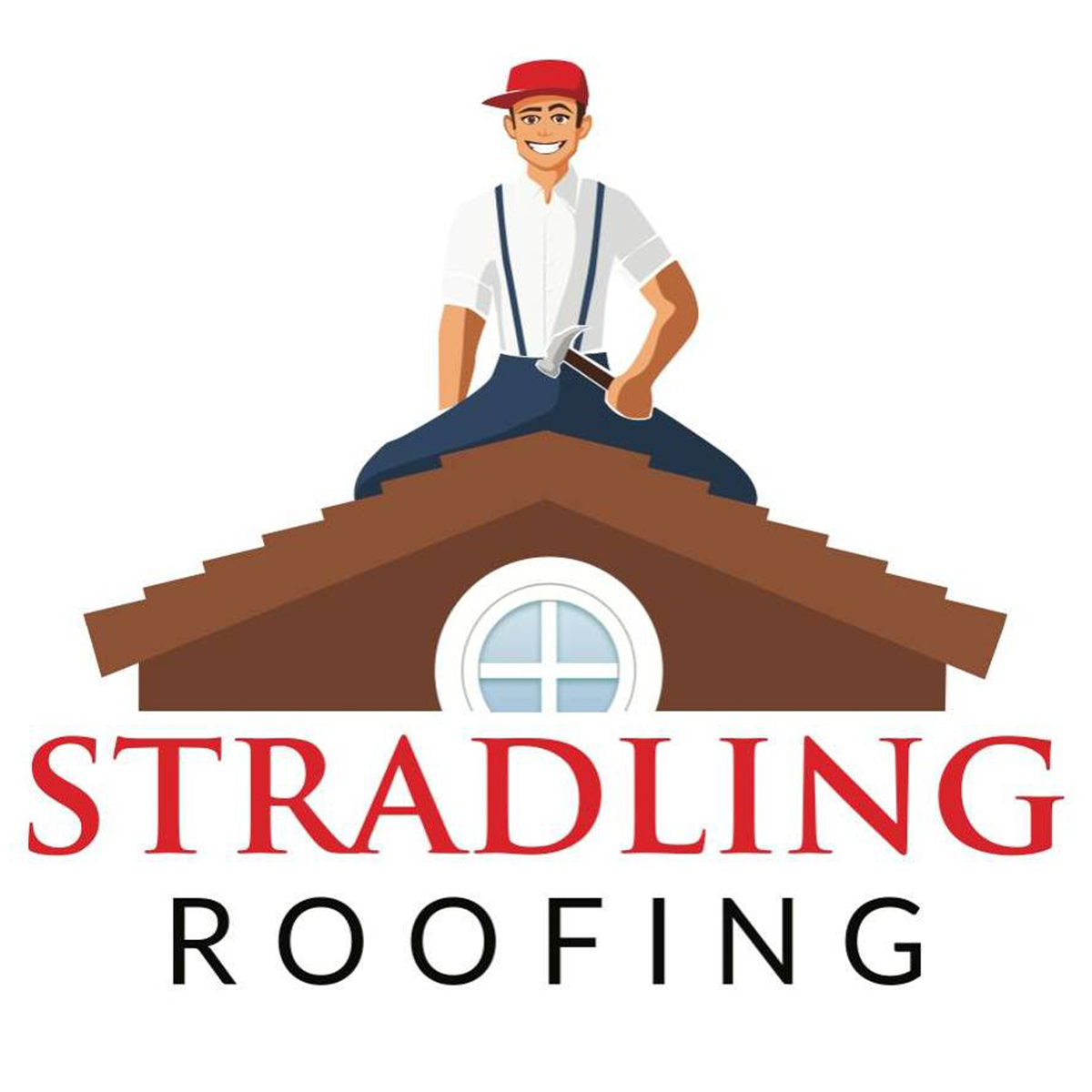Most Effective Roofing for Hot Climates
Our roofs protect us from inclement weather, heavy rains to strong winds, extreme heat, to freezing snow. If you live in hotter climates, the right roof can help keep any house cool and comfy. But if you happen to choose the wrong materials, you might end up with a roof baking in the sun, transferring heat to the rest of the house.
Furthermore, poorly constructed roofing systems can suffer from intense heat, resulting in cracks or further damage, leading to leaks and other foundational issues. That’s why it’s crucial to choose the most effective roofing for hot climates and professional roofing specialists to install them.
Let’s take a look at the most effective roofing for hot climates.
Most Effective Roofing for Hot Climates
Whether you want tile roofing or shingle roofing, it’s essential to know the material best suited for Arizona’s heat!
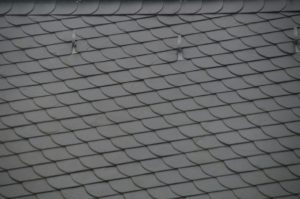
Slate
Slate tiles are one of the most durable roofing materials available today. Like metal, it’s fire-resistant and can withstand scorching temperatures. Furthermore, these roofing materials last for a long time without requiring excessive maintenance.
While these types of roofs look beautiful and unique, they are also costly to install, so it isn’t ideal for those on a budget.
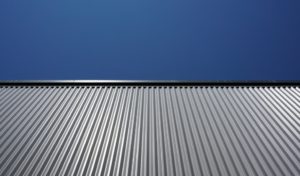
Metal
Metal roofs are one of the more popular choices when combatting heat in hot areas. You might have even noticed a lot of people using metal roofs in Arizona, as they have become more popular thanks to their style and durability.
Metal roofs form thermal barriers, creating an airspace between decking and roofing. That air cushion cuts down cooling costs, saving more money in the long run. While metal roofing is a bit expensive to mount, they have cheaper roof maintenance fees while having you save on energy costs, so you get your money’s worth.
Besides that, metal is fire-resistant, so that you can reduce the intensity of fire outbreaks. And when the roof exceeds its lifespan, you can sell it for recycling.
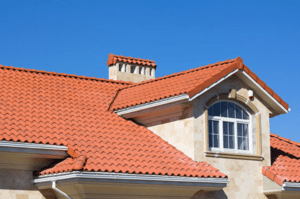
Terra Cotta Tiles
Terra cotta tiles can stand up to heat for a long time. These roofs are usually molded into a half-barrel or S-shape, forming interlocking arches across roofs. The tiles’ curved shape gives homes better air circulation below the surface, keeping the inside of a home cooler.
The only two disadvantages to these kinds of roods are that they are bulky and pricey. Roof deckings must be reinforced before installing terra cotta tiles, or else they crush in.
Photovoltaic Roofs
Photovoltaic roofs, or PV roof shingles, can capture solar power, redirecting that into electricity. You can purchase these in various shapes and sizes, so you have more flexibility over your style and aesthetics.
Thanks to the energy-efficient technology on PV roofs, stored electricity from the hot weather can be used to power your home’s appliances and devices. While the start-up costs are high, they pay off in the long run with tax rebates and very low electricity bills.
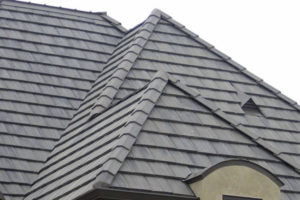
Concrete and Slab
Concrete offers thermal properties similar to terra cotta, but they come at a lower price, making it great for those on a budget and living in hotter climates. That’s because it would take longer to transfer heat from the sun to the house!
Concrete roofs are cheaper than clay and slate roofs, and because of that and their bulky nature, they make another fantastic choice for those living in warm weather. This roofing material is made with sand, cement, and water, making it strong enough to withstand rainwater.
Concrete tile roofs are too sluggish to hold heat, so it keeps the house cool all day. Plus, concrete roofs are fire-resistant, protect houses from intense weather conditions, and prevent pests!
While concrete and slab are a bit heavy, they are great solutions for hot climates. You can find them in various shapes, usually dyed for more color. Concrete tiles are designed with wave patterns for improved air circulation between the roof surface and decking, reducing heat transfer and cooling costs.
Ethylene Propylene Diene Monomer
Also known as EPDM or rubber-like membrane roofing, this material is solid and weather-resistant thermoplastic well-loved for its cooling technology and durability.
The roofing also has thermoplastic coverings, which are resistant to extreme heat while coming in reflective coating options. EPDM is more malleable, and you can reset it to roof more sloped surfaces.

Green Roofs
More people love the practical value and charm of green roofs because these reduce heat absorption and loss. It’s made of plant life suspended over a waterproof membrane, making it ideal for either cold or hot climates.
Plus, green roofs are vital assets for densely populated locations since they produce oxygen back to our environment. While it isn’t as popular as other roofs yet, they are an eco-friendly option that’s easy to create and maintain.
Clay
One of the main benefits of clay roofs is that it’s way more durable compared to other roofing materials. Many clay roofs can last for 50 years, with some lasting even longer!
We recommend clay roofs if you want something cooling and give your home a more colonial style. Since it was created, clay roofs have helped keep houses away from excessive heat, especially those coming in light colors, serving as great reflectors from the sunrays. The material is also designed in a curved shape for proper air circulation, providing cooler interiors.
Besides that, clay roofs are an eco-friendly choice that can be recycled after reaching the end of their lifespan. That said, clay is also very expensive, primarily because of the weight. You must have a solid foundation for the house before considering clay roofs.
Wrapping It Up
Hopefully, you learned a lot about the most effective roofing for hot climates. Contact us here at Stradling Roofing now if you’re still looking for roofing contractors to build, replace, repair, or maintain your roofing system. Let’s talk about the services you need, and we can give you a free inspection.
